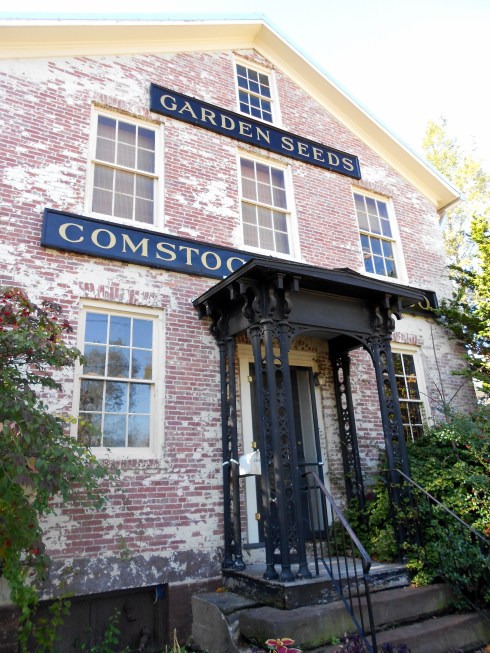Most of the courses that I teach focus on the period in which printing technology first emerges, so I am constantly assessing the influence of print on the Renaissance, the Reformation, and nearly every aspect of early modern society and culture. Consequently I have a particular and professional appreciation for the Smithsonian Institution Libraries’ digital exhibition Picturing Words: the Power of Book Illustration, which began its life as a “real”exhibition at the Smithsonian and on the road and then evolved into a virtual one. Ironically, I think most exhibitions that feature texts work better online than in rooms, and I bet this one does too: you can get closer to the images, for longer, and come to appreciate the influence they must have had in their own time, and their continuing power in ours. The images in the exhibition are organized into three categories, inspiration, information, and influence, with an additional section of pictures which illustrate the process of printing illustrations from Gutenberg’s time to ours. I think that all the images are well-chosen, but for the purposes of this post I am limiting myself to just five illustrations, with a few more for context.
First up, from the Information column, a work I refer to often in all of my classes: the pioneering anatomical treatise by the Flemish physician Andreas Vesalius, De humani corporis fabrica libri septem, or “The Seven Books on the Structure of the Human Body” (1543). In the Fabrica, Vesalius took on authoritative Galenism with the help of draftsmen from Titian’s workshop: the result was a triumph for empiricism and a great example of the often-close relationship between art and science in the Renaissance. Several images are in the Picturing Words exhibition, but you can “turn the pages” of the entire text at the National Library of Medicine. I love the title page, with Vesalius conducting a theatrical dissection, his face turned to us, the audience and readers, as well as the artfully placed skeletons and body parts.
As I am essentially materialistic at heart, the images from the exhibition that appeal to me the most are from the Influence category, as in influencing design and attracting consumers. Asher Benjamin’s Practical House Carpenter has always been a favorite source for architectural images, and even though I’m about a century late for these particular products, I am quite drawn to these stoves and shoes. It’s important to remember in this digital age that print was at least as important to the Consumer Revolution as it was to the Scientific Revolution.
Columns, stoves and shoes: images from Asher Benjamin’s The Architect; or, Practical House Carpenter, Boston: B.B. Mussey, 1853; Oriental and American Stove Works, Perry & Co., New York: The Van Benthuysen Printing House, 1874; Queen Quality Smart Shoes, Thomas Plant Co., Boston, 1910.
My last image is from the Inspiration section, but I have bypassed the medieval religious texts in favor of a page from David Pelletier’s The Graphic Alphabet (1996). The link between the two is through the use of letterforms as illustration, an interesting feature of the exhibition: ornamented capitals in the past, letters as ornaments in the present.
David Pelletier, The Graphic Alphabet. New York: Orchard, c. 1996.





































